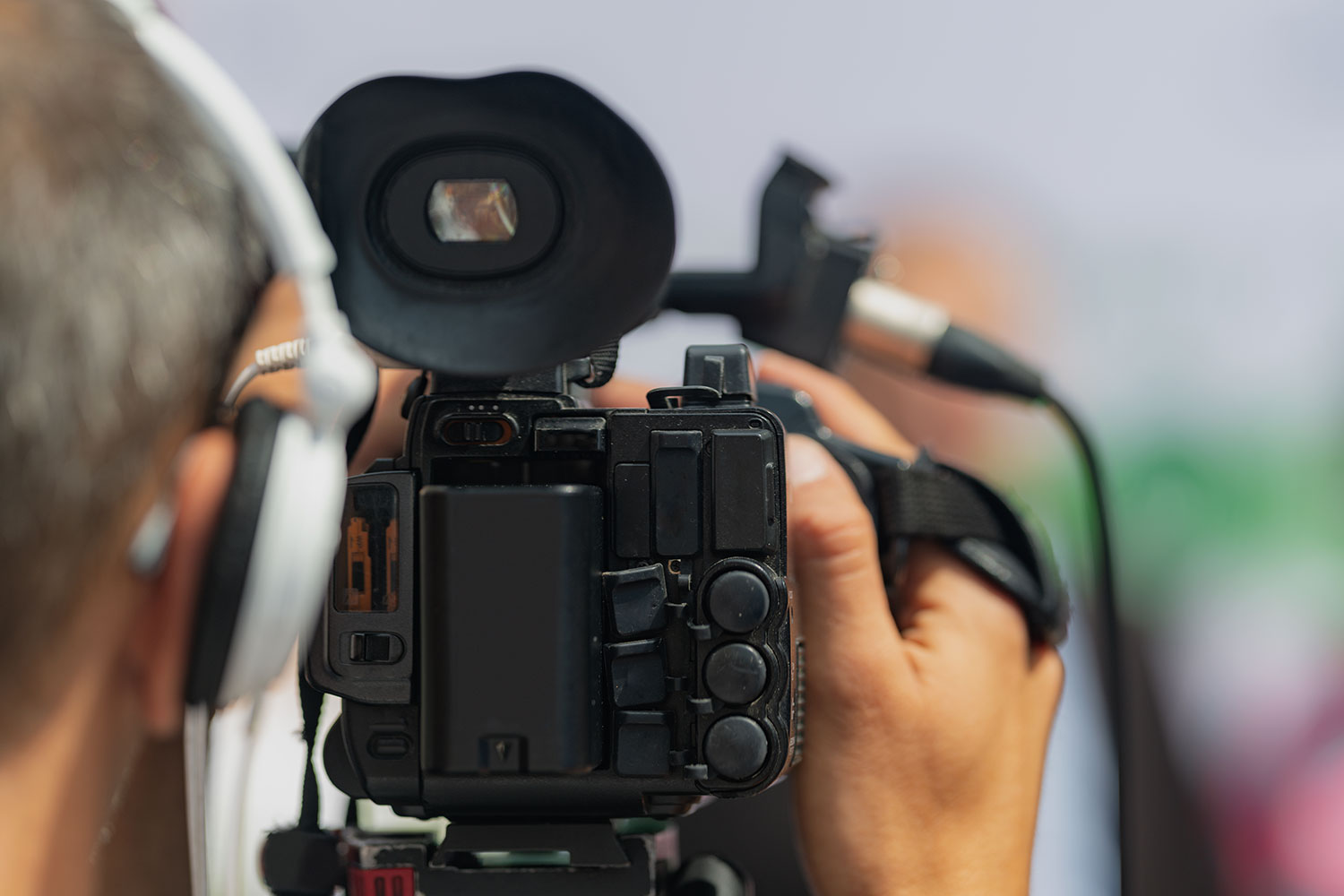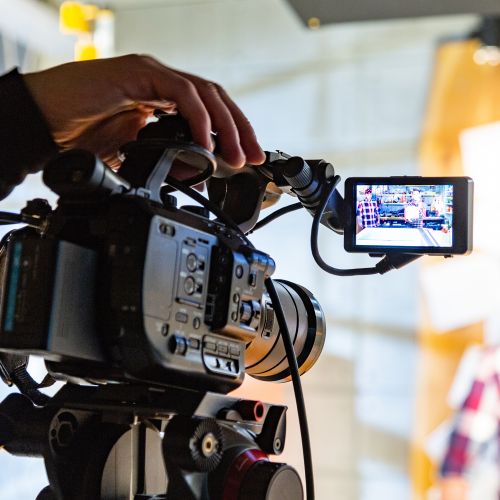Why Legal Videography Is Necessary for Modern Litigation Processes
Comprehending the Importance of Videography in Legal Process
The integration of videography right into lawful procedures has actually arised as a significant aspect in the discussion and interpretation of proof. By catching aesthetic aspects such as body language and face expressions, videography boosts the narrative surrounding witness testaments and can exceptionally affect jury perceptions.
Duty of Videography forthcoming
Videography plays a progressively vital role in lawful procedures, functioning as an effective medium for presenting proof. The integration of video clip recordings into the legal structure permits for a more dynamic representation of truths, allowing judges and jurors to envision events as they transpired. This aesthetic documentation can incorporate a series of products, including monitoring video footage, tape-recorded witness statements, and professional demonstrations, all of which can significantly boost the evidentiary landscape.
One of the key benefits of videography is its capability to catch subtleties that might be shed in created accounts. Faces, body movement, and situational context can provide crucial insights, aiding to convey feelings and purposes that text alone can not. The use of video clip proof promotes a more engaging court experience, potentially assisting jurors in recognizing complicated cases.
As modern technology breakthroughs, the high quality and accessibility of videographic proof have enhanced, making it an important part of modern-day legal techniques. Courts progressively recognize the value of video clip as a trusted source of details, triggering legal experts to adapt their methods for evidence presentation. Ultimately, videography serves not just to show facts yet additionally to improve the overall honesty of the judicial process.

Enhancing Credibility and Quality
A considerable advantage of including videography in legal process is its capability to enhance both reputation and clearness of evidence offered in court. Videographic evidence can catch nuances that written files might neglect, such as tone, body movement, and context. This graph enables courts and judges to much better understand the situations bordering the situation, thereby promoting a more precise understanding of the occasions in question.

Additionally, the clearness managed by videography reduces the probability of misinterpretation that can occur from textual summaries. This precision is particularly vital in intricate instances, where details can be quickly misinterpreted. Eventually, by offering proof in an aesthetically easily accessible format, videography not just strengthens the integrity of the judicial procedure yet additionally sustains educated decision-making by those associated with legal procedures.
Effect On Court Assumption
The incorporation of videographic evidence dramatically influences jury assumption, usually causing a lot more involved and notified considerations. Jurors are commonly a lot more responsive to aesthetic details, which can boost their understanding of complicated instances. Videography provides facts in a manner that is both compelling and accessible, permitting jurors to get in touch with the proof on a much more personal level.
Moreover, the capability to witness events as they took place can stimulate psychological reactions that written transcripts or spoken testaments may stop working to elicit. This psychological interaction can lead jurors to form stronger point of views concerning the reliability of witnesses and the total story of the situation. The graph of proof additionally helps in clarifying obscurities, making it much easier for jurors to grasp the context and significance of the info presented.
Additionally, videography can function as an effective device for storytelling, allowing lawyers to build a persuasive story that resonates with the court. When jurors can visualize scenarios and witness crucial minutes, their ability to deliberate thoughtfully and reach an educated decision is significantly improved, ultimately influencing the result of legal procedures.
Finest Practices for Legal Videography
Executing ideal practices in legal videography is important for making sure that aesthetic evidence is both reliable and efficient in the court room. First, select certified experts that concentrate on lawful videography to make article source certain the technical quality of the recordings. This includes utilizing high-resolution video cameras and specialist audio devices to catch clear visuals and noise.
2nd, preserve appropriate documentation throughout the recording process. This involves developing a comprehensive log that includes timestamps, descriptions of the content, and the identifications of all people present. Such documentation can reinforce the credibility of the video clip.

Additionally, consider making use of suitable editing techniques. While it is important to preserve the initial content, minor modifications for quality-- such as improving audio degrees-- can boost the total discussion without modifying the substance.
Future Trends in Legal Videography
As legal videography proceeds to advance, arising modern technologies and techniques are shaping the future landscape of visual proof in the court (Legal Videography). One significant trend is the integration of high-definition and 4K video clip quality, enhancing the quality and information of taped testaments and proof. This enhanced resolution help jurors in comprehensively assessing the integrity of witnesses and the subtleties of the here and now products
Furthermore, making use of expert system (AI) in video evaluation is getting traction. AI tools can help in recognizing crucial moments in video footage, generating records, and also assessing non-verbal interaction, which gives much deeper understandings right into witness credibility. Digital truth (VIRTUAL REALITY) and boosted truth (AR) are positioned to reinvent just how evidence is provided, allowing jurors to submerse themselves in criminal offense scenes or scenarios, consequently promoting a much more extensive understanding of the context.
Verdict
In summary, videography works as an important tool in legal process, enhancing the presentation of proof and improving the general understanding of instances. By capturing non-verbal signs and reinforcing the credibility of witness accounts, videography considerably affects court assumption and decision-making procedures - Legal Videography. Following finest techniques guarantees the efficiency of legal videography, while arising trends promise to further increase its function in the judicial system, inevitably cultivating a more educated and involved legal setting
Videography plays an increasingly crucial duty in lawful process, offering as an effective medium for providing evidence.A considerable benefit of including videography in lawful process is its ability to boost both credibility and clarity of evidence presented in court. Ultimately, by offering proof in an aesthetically easily accessible style, videography useful site not just enhances the integrity of the judicial process however additionally sustains educated decision-making by those included in legal proceedings.
In recap, videography offers as a crucial device in lawful procedures, enhancing the presentation of proof and improving the total understanding of instances. Legal Videography. her comment is here Sticking to finest practices ensures the effectiveness of lawful videography, while arising patterns assure to more increase its function in the judicial system, ultimately cultivating an extra informed and involved legal setting